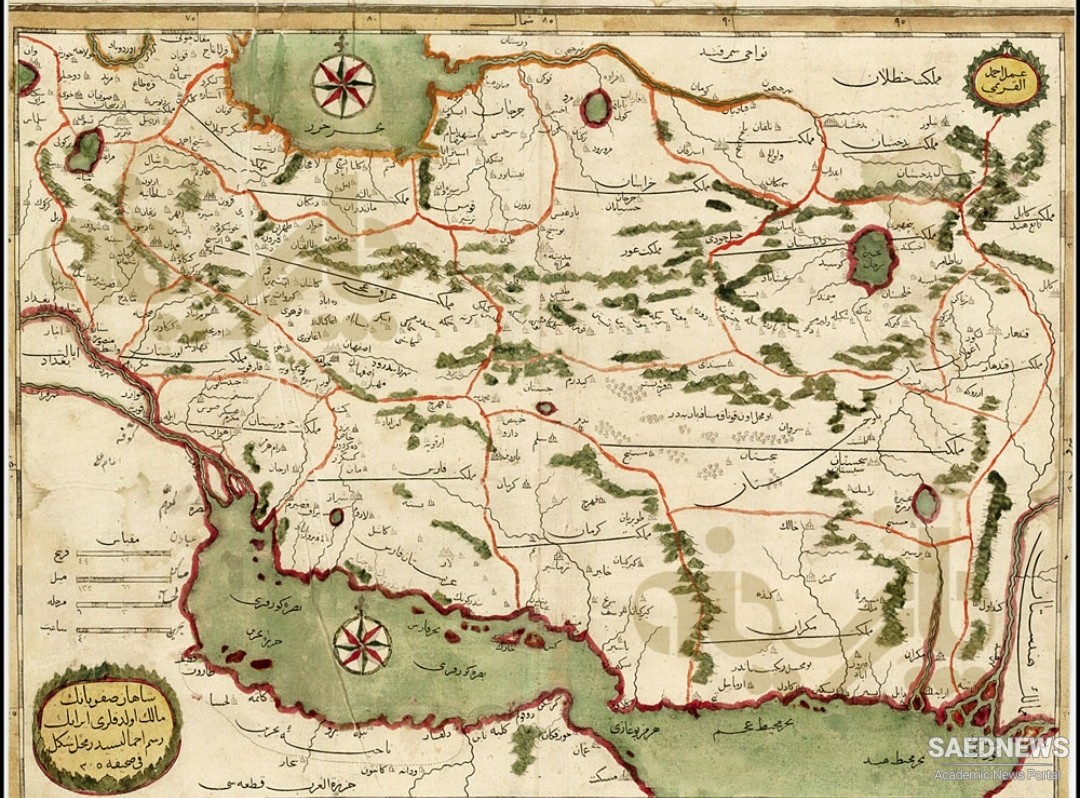Later Qajar kings—especially Fath Ali Shah (r. 1797–1834) and Naser al-Din Shah (r. 1848–96)—steadily nationalized the dynasty and neutralized many of the competing tribes and local rulers. But neither they nor their successors could effectively counter the rising powers of the Shia ulama or the commercial and territorial designs of the British and the Russians. Two disastrous wars with Russia, in 1804–5 and 1828, resulted in the loss of much of Iran’s territory in the Caucasus to its northern neighbor. Not to be outdone, Britain encouraged British entrepreneurs to acquire monopoly export rights known as “concessions,” and the Iranian government granted major concessions to British interests in 1863 (for telegraph lines), 1872 (for mining), and 1889 (for tobacco). Both Britain and Russia also discovered loans—necessary to fund infrequent development projects or the far more costly royal visits to Europe—as a guaranteed way of securing the dependence of the fledgling Qajar state on their respective governments. In 1900, for example, the Iranian government secured a loan of £2,000,000 from Russia so that Muzafar al-Din Shah (r. 1896–1907) and his entourage could go on an eight-month tour of Europe. Before long, the combination of foreign dominance, institutional decay, and royal despotism sparked the Constitutional Revolution.
Iran’s Constitutional Revolution is generally dated from 1905 to 1911. It involved three principal elements in Iranian society: the ulama, some of whom were procourt but many of whom favored limitations on the arbitrary powers of the monarch; the merchants, whose opposition was inspired by their organic links with the ulama and their resentment toward foreign concessions; and a small cadre of educated intellectuals, who were heartened by the success of the constitutionalists in Istanbul and the European phenomenon of limited, parliamentary monarchy. Also important were local notables (‘ayan), many of whom were closely allied with, and were at times members of, the ulama or the merchant classes. Often divided and bitterly fractious, the emergence of revolutionary circumstances in the early 1900s brought these groups together, uniting them in the common purpose of a brewing revolutionary movement. But their growing demands for a House of Justice (Edalat Khaneh) and eventually a parliament (Majles) were met by the recalcitrance of Muzzafar al-Din Shah, who agreed to decree a constitution only on his deathbed. Even then, his successor, Muhammad Ali (r. 1907–9) tried to quell the Majles by bombarding it. When he was forced to abdicate, power passed to the twelve-year-old Ahmad Shah, but by then neither domestic control nor control of the country’s borders was in government hands, the former being controlled by tribal chieftains and the latter by Britain and Russia.


 Late Medieval and Early Modern Persia: Evolving Regional Policy
Late Medieval and Early Modern Persia: Evolving Regional Policy














































